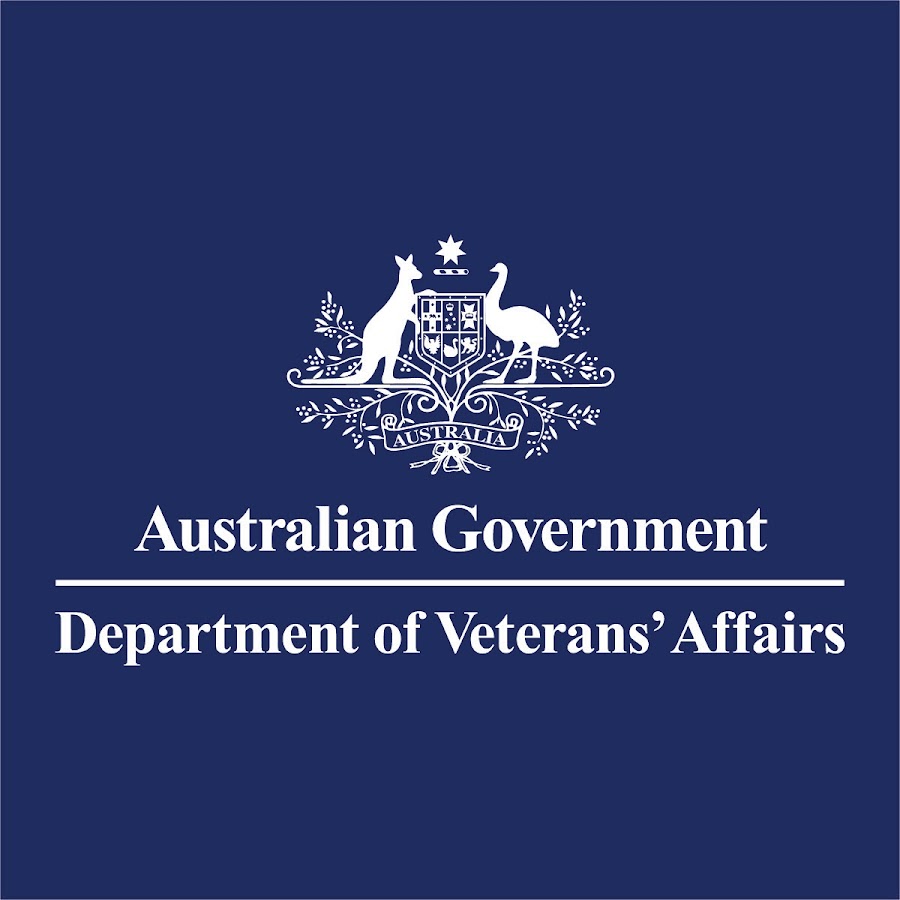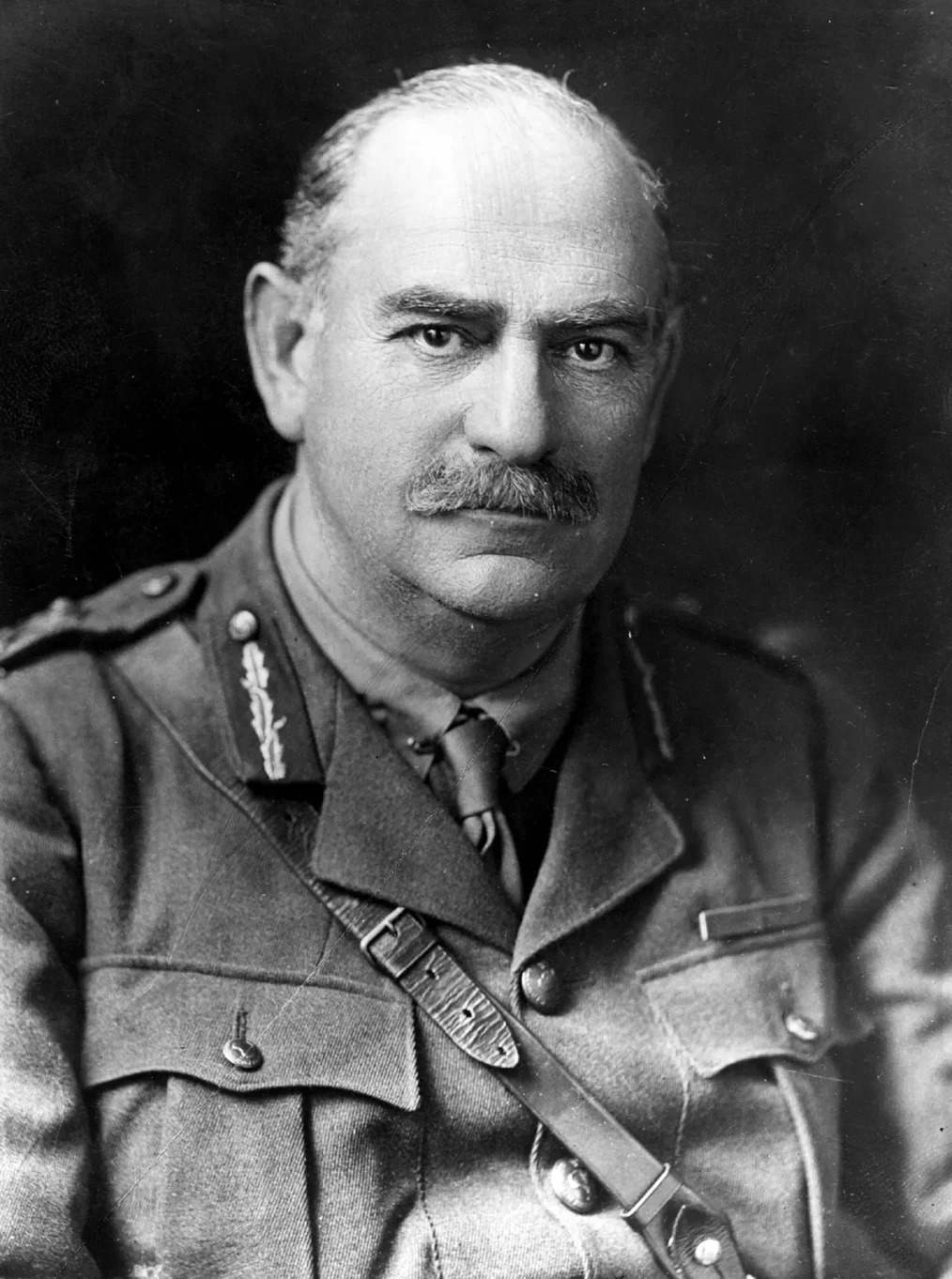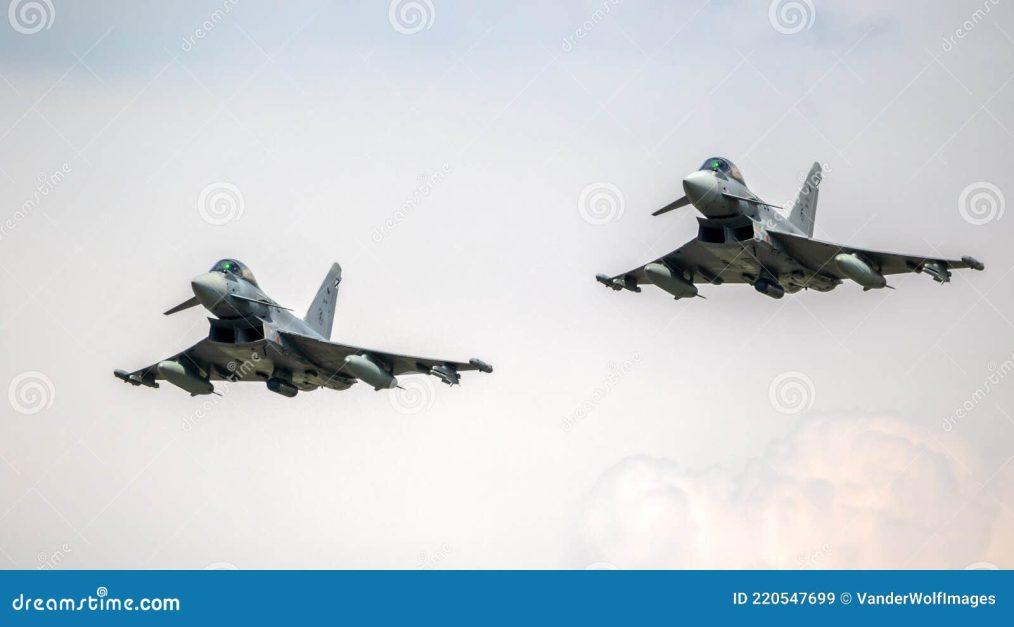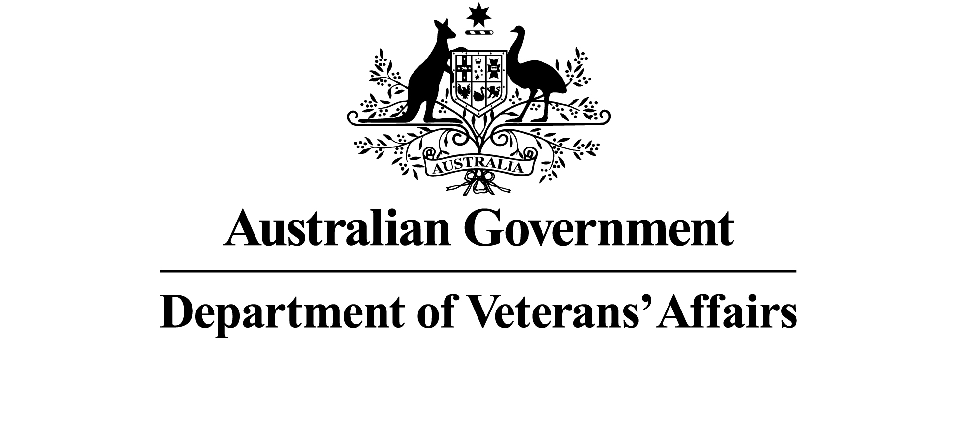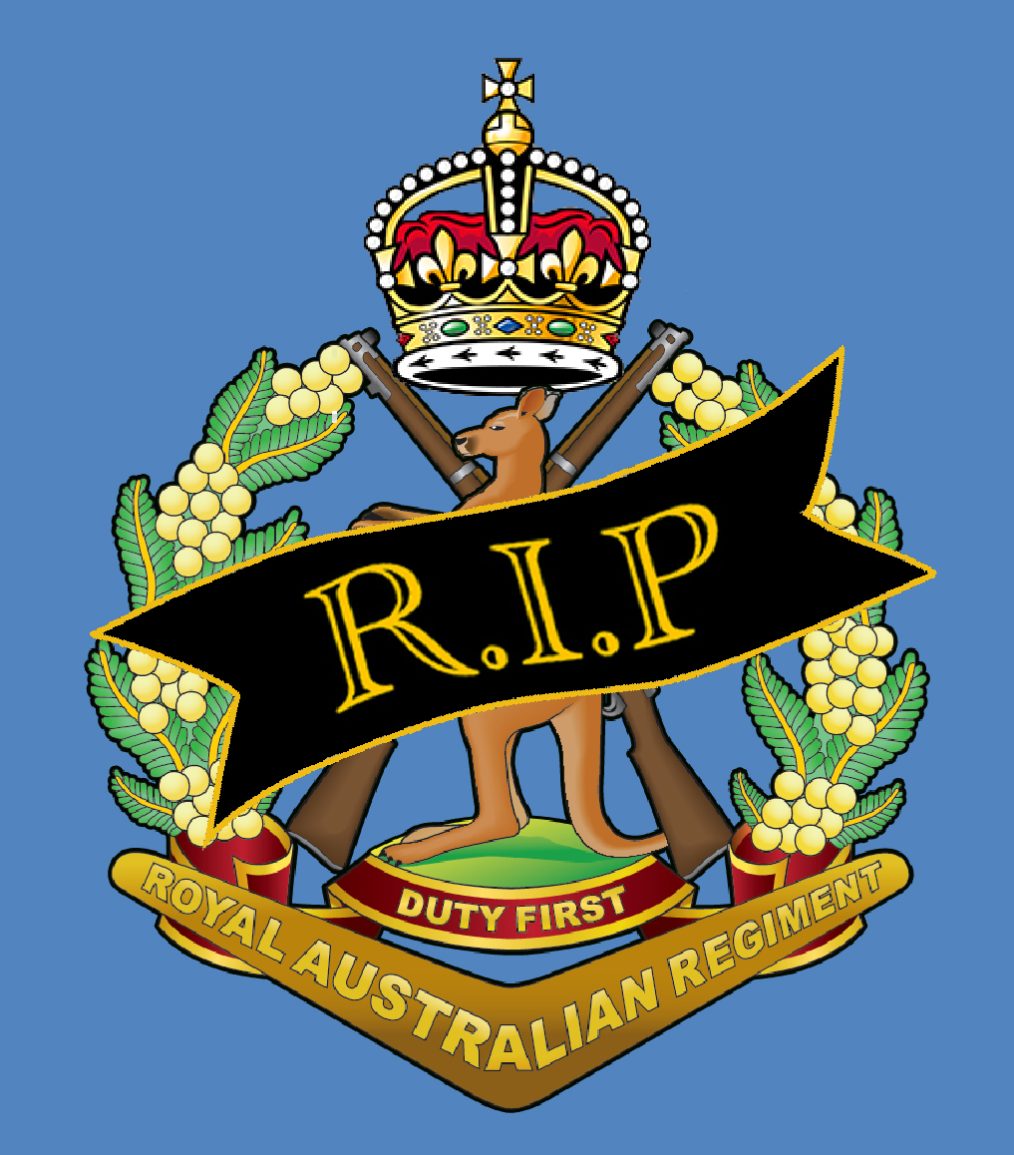20 January 2025
Veterans with service-related hearing loss and complex hearing needs will soon have improved, more timely access to hearing support through the new Veteran Hearing Services Framework.
This Framework will simplify the process for veterans to receive funding for appropriate hearing devices, ensuring fair and consistent decisions.
It will also make it easier for veterans to request hearing aids by helping them to better understand the services available and steps involved, resulting in a more positive, straightforward experience.
The Framework includes updated request forms to expedite complex hearing requests, updated internal DVA review processes, and enhanced resources and communication with veterans, families and service providers.
Each year, up to 10,000 veterans receive partially subsidised hearing devices through the Department of Health and Aged Care Hearing Services Program.
For further information on hearing services and the Framework, please visit www.dva.gov.au or email Hearing@dva.gov.au.
When Australian Lieutenant-General Sir John Monash was put in charge of almost all of the Australians in France in World War 1, he immediately set about to win a local victory at Le Hamel, but ended up helping all of the Allies win the war. This video goes into detail about Australia’s own John Monash, the architect who saved lives by developing tactics that are still followed today. Even British King George V honoured him for his efforts with a field knighthood, something that hadn’t happened in over 200 years up to that point. How did Monash do this? Watch the video and find out! Note to the viewer: In one part of the video, it’s mentioned that the Mark V tank is faster and the Whippet tank is mentioned right before this. I meant that the Mark V was faster than the Mark IV, not the Whippet tank. Just wanted you to know that in advance!
As the UK government considers its decision on purchasing new combat aircraft for the Royal Air Force, the debate intensifies over whether to prioritize Eurofighter Typhoon jets or F-35A Lightning II. Unite union urges the Ministry of Defence to choose Typhoon for national security and economic reasons, highlighting its versatility, proven performance, and role in preserving UK aerospace expertise. This decision is crucial for the future of the UK’s defence industry, which will support thousands of jobs and play a key role in upcoming fighter programs like Tempest. Discover why the Typhoon may be the better long-term investment for Britain’s airpower and industrial strength.
19 Dec 1945 – 19 Jan 2025
Sadly, I advise of the passing of David Robert McCallum on Sunday 19th January.
David served with the 1st Field Squadron in Vietnam from December 1967 till December 1968
A Graveside service will be held for David at the Deniliquin Cemetery next Tuesday 28th January commencing at 10.30am
May he rest in peace
Yours Sincerely
Lawrie Hughes
Australia is in the throes of a sharp increase in antisemitic incidents, with violent threats and attacks targeting Jewish communities in Sydney and Melbourne. Yet, the Albanese government’s response has been lethargic at best, exposing a troubling lack of urgency and support for the nation’s Jewish population and Israel.
Attorney-General Mark Dreyfus has promised that legislation introducing criminal penalties for hate speech will be a top priority when parliament resumes next month. The proposed federal law would criminalise threats of violence against racial or religious groups, as well as those motivated by gender identity or sexual orientation. However, it stops short of addressing vilification and ridicule—a glaring omission that undermines its effectiveness.
Meanwhile, Israeli politicians and local Jewish leaders have criticised the Albanese government for policies they believe have fuelled antisemitism. Their concerns are not unwarranted. Despite the escalating threats, the government has adopted a wait-and-see approach, choosing to defer decisive action until parliament reconvenes. This delay signals a lack of political will to confront antisemitism head-on and protect a vulnerable community under siege.
Dreyfus’s proposed legislation is narrow in scope, addressing only threats of violence and omitting provisions against vilification. This omission leaves a gaping hole in the fight against hate speech. It is particularly concerning given that hate often starts with words before escalating to violence. Comprehensive laws are needed to prevent hate speech from taking root, not just to punish its most extreme manifestations.
Further complicating matters is the revelation that the Australian Federal Police (AFP) and ASIO are investigating whether overseas criminal groups or foreign governments have paid Australians to commit antisemitic attacks. This suggests a deeper, more coordinated effort to spread hatred and fear within Australian borders. Yet, the government’s response remains piecemeal and reactive.
At the state level, responses have been uneven. In New South Wales, Premier Chris Minns has proposed reforms to hate speech laws, including a specific criminal offence for vilification. While this is a step in the right direction, legal experts warn that such measures may be ineffective without robust enforcement mechanisms. The NSW Police recently arrested a man who allegedly attempted to burn down a synagogue in Newtown—a significant breakthrough—but they are still searching for a second suspect and investigating other incidents, including the firebombing of a childcare centre in Maroubra.
These state efforts, while commendable, highlight the absence of a coordinated national strategy. The lack of leadership from the federal government has left states to shoulder the burden of responding to a crisis that demands a unified approach.
Prime Minister Anthony Albanese’s government has been slow to act, and this inaction has been perceived as tacit complacency. Waiting for parliament to resume next month is simply not good enough. The Jewish community needs immediate reassurance that their safety is a national priority. Concrete actions, such as expedited legislation and increased funding for security measures, should have been announced weeks ago.
Israeli politicians have been vocal in their criticism, arguing that the Albanese government’s policies on Israel—including a perceived lack of support in international forums—have emboldened antisemitic sentiment. These claims, coupled with the surge in antisemitic incidents, demand a thorough reassessment of Australia’s stance on Israel and its implications for domestic harmony.
The Albanese government must act decisively to address the root causes of antisemitism and demonstrate unequivocal support for the Jewish community. This includes:
- Expanding Hate Speech Laws: The proposed legislation must go beyond threats of violence to include provisions against vilification and ridicule.
- Immediate Measures: The government should implement interim measures, such as increased police presence around Jewish institutions, while awaiting parliamentary approval of new laws.
- National Coordination: A unified national strategy, developed in consultation with state governments and Jewish leaders, is essential to combat antisemitism effectively.
- Support for Israel: Clear and consistent support for Israel would send a strong message against antisemitism and counter claims that Australia’s foreign policy fuels hatred.
Anything less is a dereliction of duty. The Albanese government must recognise that words and delays will not suffice. Leadership demands action, and Australia’s Jewish community deserves nothing less.
21 January 2025
The new year is the perfect time to get organised and take control of your DVA business. MyService provides a convenient way to manage your claims and access key services.
Whether it’s lodging and tracking claims, applying for DVA-funded mental health treatments, or booking transport for medical appointments, MyService has you covered. You can also request a decision review, update your personal details, and access your digital Veteran Card MyService all in one place.
It’s still January, so why not make registering for MyService a new year’s resolution?
If you haven’t signed up yet, it’s quick and easy to get started. Watch our How to register with MyService instructional video for a step-by-step guide on how to register, and you’ll be set up in no time. Just like that, your resolution is ticked off!
Already registered?
Great! Take a moment to explore all the features MyService has to offer. You might discover tools and services you haven’t used before, like helpful tutorials or options to streamline your DVA interactions.
MyService has been designed with veterans in mind to save you time and effort. For a detailed overview of how MyService can support your DVA experience, including video tutorials and step-by-step instructions, visit the MyService page.
Is Putin mad that Trump recently said that Putin is “destroying Russia”?
Trump’s Claim
Donald Trump has reignited controversy with his bold declarations about the Panama Canal. In his speeches both before and during his inauguration, Trump asserted that the United States should “take back” the Panama Canal, citing overcharges and alleging Chinese control.
- Trump accused China of operating the canal, despite historical records showing it was handed over to Panama in 1977 under the Torrijos-Carter Treaties.
- He criticised Panama for supposedly allowing a foreign adversary of the United States to influence the canal, emphasizing that the US built the canal at great cost, including the loss of American lives, and later gifted it to Panama in good faith.
Russia’s Response
Russia wasted no time in responding to Trump’s provocative statements. The Russian foreign ministry released a statement defending Panama’s legal ownership of the canal and calling for respect for international agreements.
- Alexander Shchetinin, the director of Russia’s Latin American department, underscored the canal’s status as a neutral waterway under international law.
- He warned the US against any military or economic measures aimed at reclaiming control, describing such actions as a violation of Panama’s sovereignty and a threat to global stability.
Panama’s Stance
Panama’s leadership responded firmly to Trump’s rhetoric. President José Raúl Mulino rejected the US President’s claims and reiterated Panama’s full ownership and stewardship of the canal.
- Mulino declared Panama’s control over the canal as “non-negotiable.”
- He emphasised that the canal is a source of national pride and that its operations are entirely under Panamanian authority.
Strategic Importance of the Panama Canal
The Panama Canal remains a linchpin of global maritime trade, and its strategic importance to the United States cannot be overstated.
- Approximately 40% of US container ships transit the canal annually.
- By connecting the Atlantic and Pacific Oceans, the canal enables efficient trade routes and bolsters economic ties between nations.
Geopolitical Implications
Trump’s remarks have triggered international scrutiny, with analysts pointing to the potential for escalating tensions between the US, Panama, and other global powers. Russia’s swift defence of Panama highlights the intricate web of alliances and rivalries that define modern geopolitics. As the world watches Trump’s next moves, the Panama Canal emerges as a symbol of both historical legacy and contemporary global power struggles.
 Ben served in the Battalion from 2008 until 2012, and was in Mortar Pl from 2011-2012, deployments included the Middle East 2009 and RCB 2010, on discharge in 2012, he remained in the Active Reserves until 2016.
Ben served in the Battalion from 2008 until 2012, and was in Mortar Pl from 2011-2012, deployments included the Middle East 2009 and RCB 2010, on discharge in 2012, he remained in the Active Reserves until 2016.
Sadly, this week we lost a fine young man respected and loved by many. Ben will be greatly missed by all who knew him, may he now be at peace.
Rest In Peace Young Warrior
Hi Ray
Thanks for cc’ing Senator Roberts’ office in.
I thought I might flick you a few pieces relevant to your points in the email that Senator Roberts has directly touched on:
- ABC Never Apologise When Called Out, Heston Russell – Malcolm Roberts
- ABC Won’t Apologise for Defaming Special Forces Commando Heston Russell – Malcolm Roberts
- Climate Fraud – Malcolm Roberts
Also, as an aside if you haven’t seen it before, this speech on a bit of the Senator’s views for restoring morale to the Defence Force through accountability of generals, copied below: Australia Left Defenceless After Decades of Failures – Malcolm Roberts
Some commentators question whether we should have warriors in the Australian Defence Force. My answer to that question is emphatic: yes, we should. Australians ask the government to protect them from foreign enemies. There’s a line on a map; it’s called our national border. Inside that line is the country of Australia and its people, and our resources, our families, our property and our way of life.
Outside our borders there are some foreign countries who wish to bend Australia to their will. It’s only a matter of time before someone else in the world with a big enough military believes they can change what happens inside our borders. History shows that. As the people of Australia, we ask our Defence Force to ensure no enemy that wishes to do us harm may cross our border. We take some of the fittest, smartest and most motivated young Australians and ask them to put their lives on the line, for that line, to protect what’s inside it. We ask that our defence members be willing to make the ultimate sacrifice. It’s a debt we can never truly repay.
I’ve had the privilege of listening to many soldiers, sailors and pilots. In almost all of those conversations one word comes up. That word is ‘service’. These Australians answered the call to serve our country and to serve our Australian flag. Defence personnel ask for something simple in return. They ask for something that I agree they deserve. They ask for a purpose to their service. They ask for a clear mission. Above all, they ask for accountable leaders. The Defence Force has been in a drought of accountable leadership at the very top. Politicians have always invoked the Anzac spirit in big speeches. But it’s not enough to stand up on Anzac Day and claim to back the troops. We must deliver the things they deserve every day: a clear purpose, a clear mission and accountability for our leaders. Successive politicians, ministers and especially generals have failed to deliver this for our defence personnel.
Australia had forces deployed to Afghanistan for 20 years. Australia’s uniform military was pitted against the Taliban, an insurgent guerrilla organisation. With superior technology, tactics, resources, training and troops, Western forces famously won nearly every tactical engagement. The Taliban reportedly had a saying: ‘You have the watches’—referring to the Western technology—’but we have the time.’ As some commentators quipped, we spent 20 years and billions of dollars and sacrificed Australian lives to replace the Taliban with the Taliban. The tens of thousands of ADF personnel who were deployed to the Middle East deserve our praise. They accepted the call and committed their lives to it. It’s the leaders, the politicians and the generals that must be held accountable for the decision to send our best to faraway lands.
On his last day in parliament, on The 7.30 Report former foreign minister Alexander Downer said that John Howard walked into cabinet when he came back from 9/11 in the US and simply declared, ‘We are off to Iraq.’ There was no discussion with the public and not even a word of debate in parliament, just the lie that Saddam Hussein had weapons of mass destruction. Iraq was an illegal war based on a lie. There were no weapons of mass destruction, as our political leaders claimed. Yet not one politician or general has been jailed for throwing our best into it. Not one was even called out or even held accountable. Our enlisted and junior officers did everything they could to serve us while deployed to the wider Middle East. Scores paid the ultimate sacrifice. What about the politicians and senior generals who failed and hamstrung our soldiers? Those apparent leaders never delivered a coherent reason or an end state for what we were trying to achieve.
Without a compelling reason for why our soldiers were deployed to the Middle East, many of our veterans and serving members were left disillusioned. Make no mistake: there were no angels in the Taliban ranks. Those insurgents were some of the worst of the worst. Despite this, our warriors rightly asked why. Why were we in desert country spilling Australian blood only for the Taliban to retake those bases from the Afghan army, as many on the ground warned they would? The answer is that the leaders failed to ever give our soldiers, aviators and sailors the purpose they deserve.
Our lesson must be to never repeat these mistakes. The mission of our defence forces should be clear. If you sign up for the armed forces, your job will be to protect the sovereignty of Australia from anyone who wishes to do us harm. It will not be to fight forever wars in faraway lands having been sent there based on lies. As a servant to the people of Queensland and Australia, I know that our warriors in the military deserve a place in our hearts, and our service men and women deserve a damn good reason to be there.
Kind Regards
Aidan Nagle
Adviser for Senator Malcolm Roberts
M: +61 428 483 098
P: (07) 3221 9099 / Parl. House: (02) 6277 3694 (x3834)
One Eagle – Waterfront Brisbane, 1 Eagle Street, Brisbane QLD 4000
GPO Box 228, Brisbane QLD 4300
Suite S1.30, Parliament House Canberra ACT 2600


